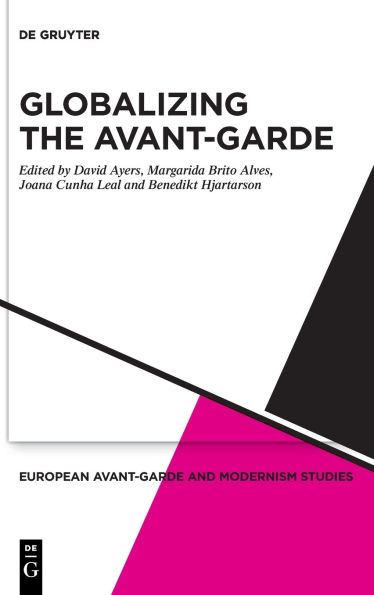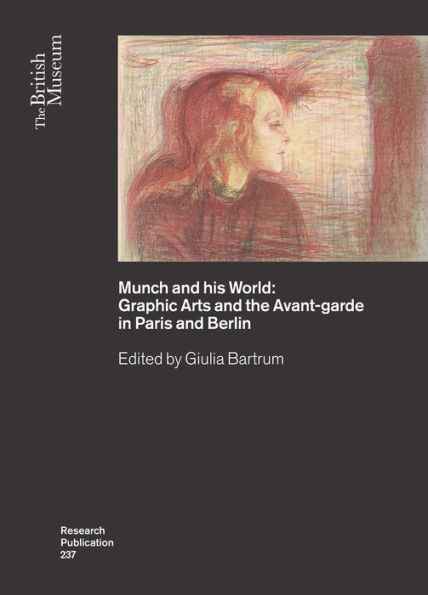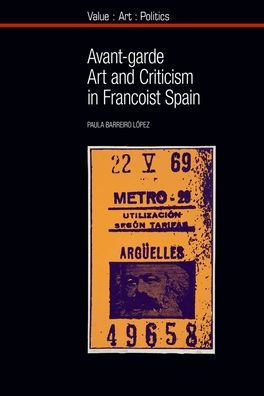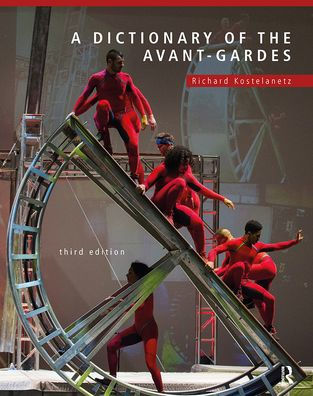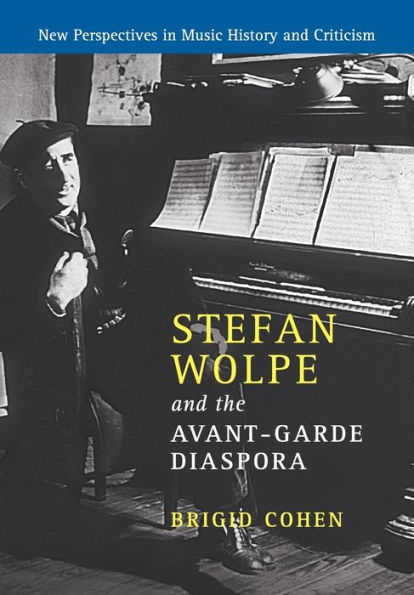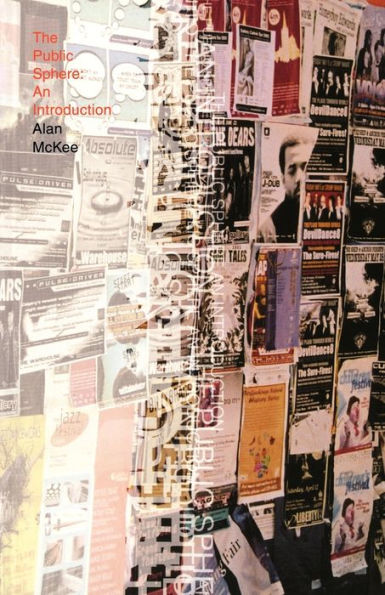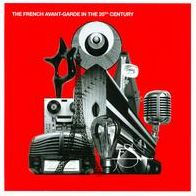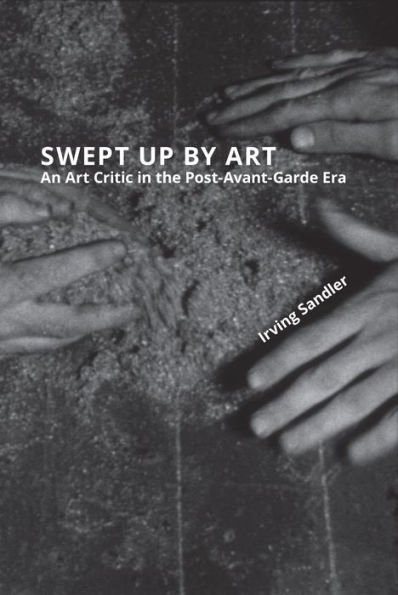Home
the Hungarian Avant-Garde and Socialism: Art of Second Public Sphere
Barnes and Noble
the Hungarian Avant-Garde and Socialism: Art of Second Public Sphere
Current price: $120.00
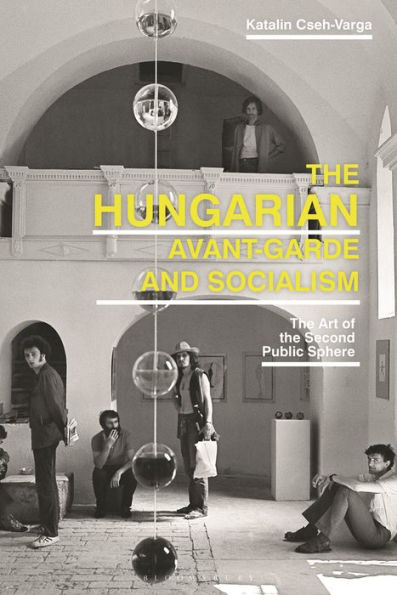

Barnes and Noble
the Hungarian Avant-Garde and Socialism: Art of Second Public Sphere
Current price: $120.00
Size: Hardcover
Loading Inventory...
*Product information may vary - to confirm product availability, pricing, shipping and return information please contact Barnes and Noble
The emergence and the activities of a second public sphere in the areas of Soviet influence were intricately linked to the performative and intermedial production and usage of alternative spaces. Applying a multitude of perspectives and networked topography,
The Hungarian Avant-Garde and Socialism
investigates artistic strategies of spaces – namely those of the artist's studio, exhibitions, installations, clubs, apartments, cellars, event halls, and chapels – all of which existed parallel to or were interwoven with the regulated public sphere in Hungary from the beginning of the 1960s to the era immediately following the Kádár regime.
This book captures and discusses the exclusionary and inclusionary mechanisms inscribed into public spheres behind the Iron Curtain in all their paradoxes through the looking glass of an artist generation that was controversially labelled “neo-”, and later, “post-avant-garde”. Cross-referencing the international tendencies in the marginal art worlds that existed between and beyond the Cold War reality of Blocs,
The Hungarian Avant-Garde
demonstrates how mostly non-conformist artists in Hungary, and by extension the spaces they created, reacted to the conflicting, contradictory nature of public spheres in the post-totalitarian condition.
The Hungarian Avant-Garde and Socialism
investigates artistic strategies of spaces – namely those of the artist's studio, exhibitions, installations, clubs, apartments, cellars, event halls, and chapels – all of which existed parallel to or were interwoven with the regulated public sphere in Hungary from the beginning of the 1960s to the era immediately following the Kádár regime.
This book captures and discusses the exclusionary and inclusionary mechanisms inscribed into public spheres behind the Iron Curtain in all their paradoxes through the looking glass of an artist generation that was controversially labelled “neo-”, and later, “post-avant-garde”. Cross-referencing the international tendencies in the marginal art worlds that existed between and beyond the Cold War reality of Blocs,
The Hungarian Avant-Garde
demonstrates how mostly non-conformist artists in Hungary, and by extension the spaces they created, reacted to the conflicting, contradictory nature of public spheres in the post-totalitarian condition.
